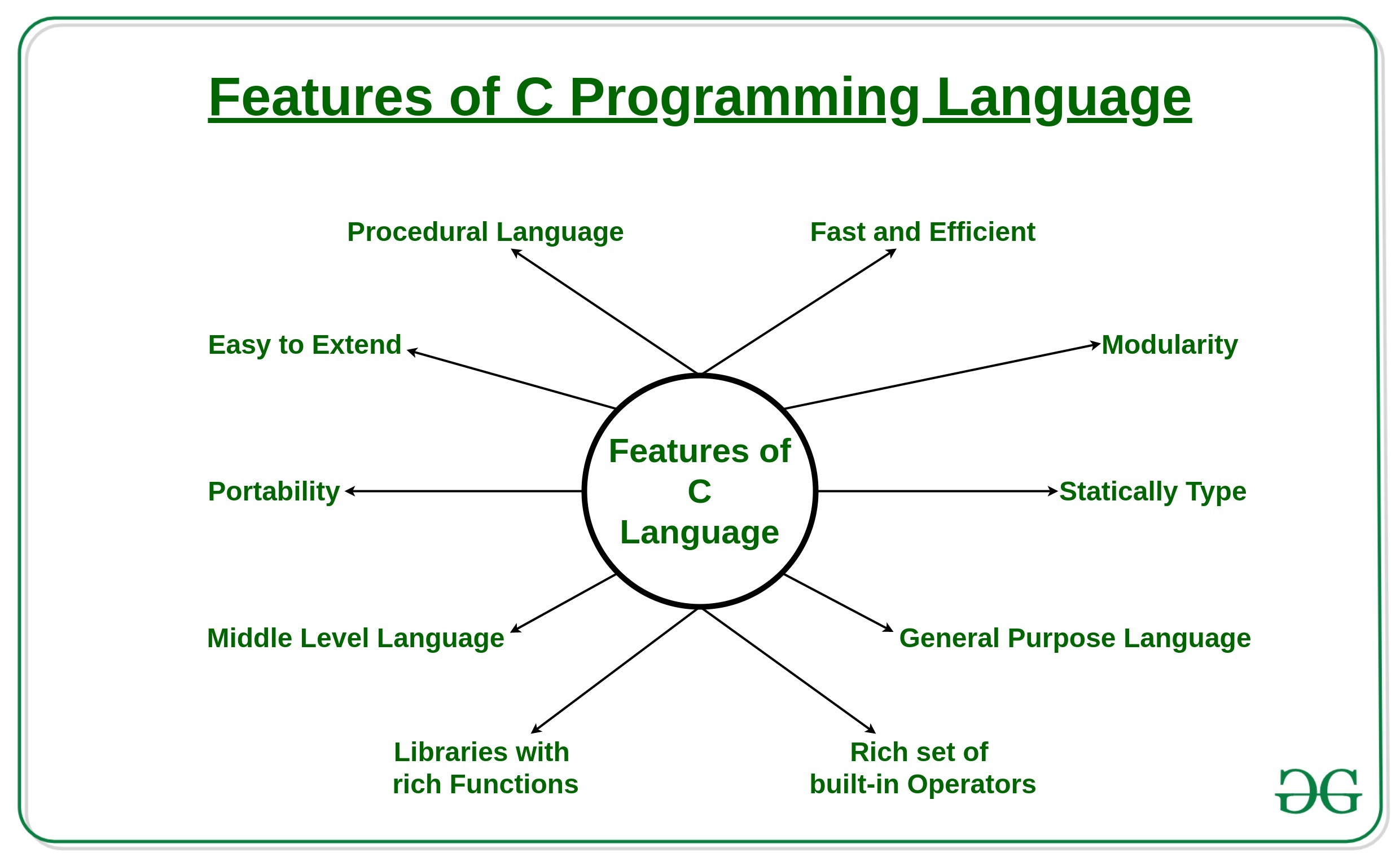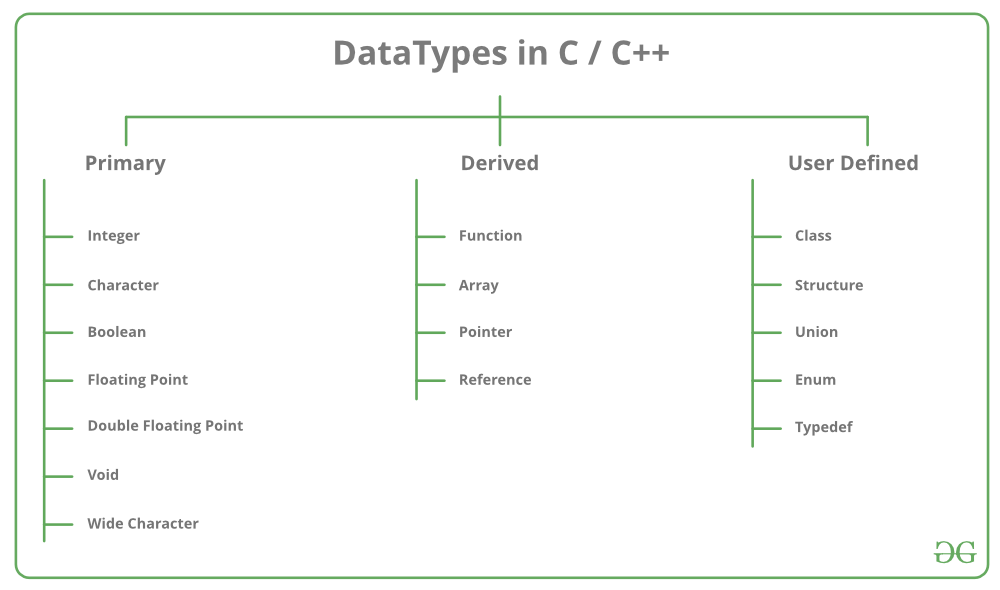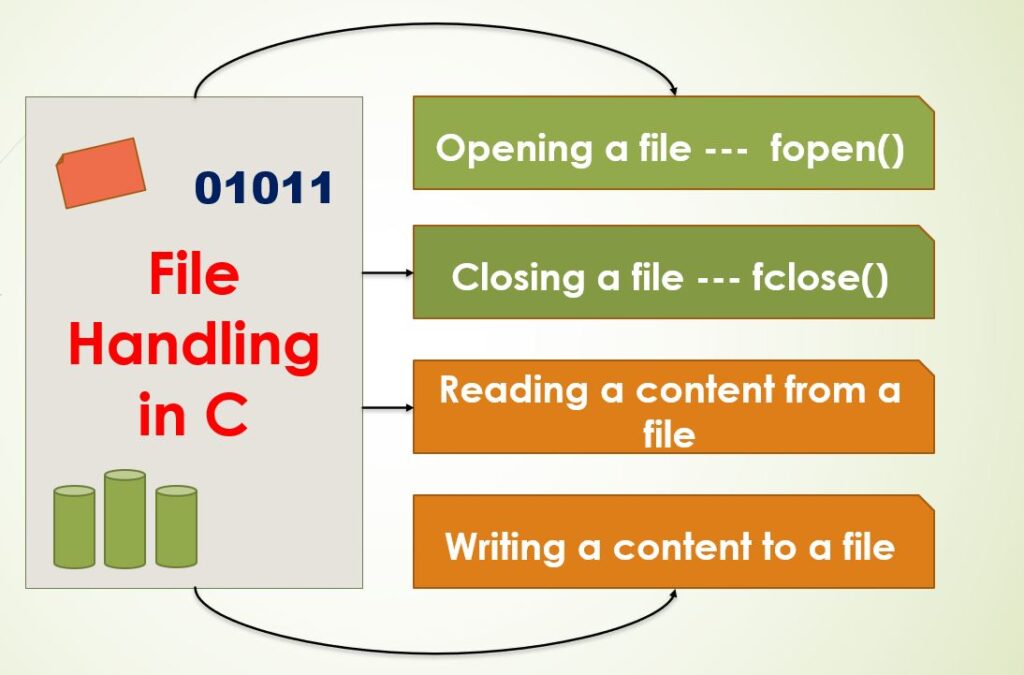C Language Programing Presentation
| Introduction to C Programming | ||
|---|---|---|
| C programming is a high-level programming language developed in the early 1970s. It is widely used for developing system software, embedded systems, and other applications. C is a procedural language, meaning it follows a step-by-step approach to solve problems. | ||
| 1 | ||
| Key Features of C Programming | ||
|---|---|---|
| C is a structured language, allowing programs to be broken down into smaller, manageable modules. It has a rich set of built-in functions for performing various operations. C programming provides low-level access to memory, making it efficient for system programming. | ||
| 2 | ||
| Data Types in C Programming | ||
|---|---|---|
| C supports various data types, including integers, floating-point numbers, characters, and arrays. It also provides derived data types like structures and unions for organizing related data. C allows the programmer to define their own data types using typedef. | ||
| 3 | ||
| Control Flow in C Programming | ||
|---|---|---|
| C uses decision-making statements like if-else and switch-case for controlling program flow based on conditions. It employs looping statements like for, while, and do-while to repeat a block of code until a condition is met. The break and continue statements are used to alter the flow within loops and switch statements. | ||
| 4 | ||
| Functions in C Programming | ||
|---|---|---|
| Functions in C are blocks of code that perform specific tasks and can be reused multiple times. They provide modularity, encapsulation, and reusability in program design. C programs typically have a main() function that serves as the entry point. | ||
| 5 | ||
| Pointers and Memory Management in C | ||
|---|---|---|
| Pointers allow direct manipulation and access to memory addresses, enabling efficient memory management. C provides dynamic memory allocation functions like malloc(), calloc(), and realloc() to allocate and deallocate memory during runtime. Proper memory management is crucial to prevent memory leaks and optimize program performance. | ||
| 6 | ||
| File Handling in C Programming | ||
|---|---|---|
| C offers a variety of file handling functions to read from and write to files. The stdio.h library provides functions like fopen(), fclose(), fprintf(), and fscanf() for file operations. File handling is essential for input/ output operations, file manipulation, and data persistence. | ||
| 7 | ||
| Preprocessor Directives in C | ||
|---|---|---|
| The C preprocessor modifies the source code before it is compiled, using preprocessor directives. Directives like #include are used to include header files containing function prototypes and definitions. Macros, defined using #define, allow the programmer to create constants and perform code substitution. |  | |
| 8 | ||
| Advantages of C Programming | ||
|---|---|---|
| C is a portable language, allowing programs to be easily transferred between different platforms. It has a large user community, providing extensive support, resources, and libraries. C programs are known for their efficiency, speed, and low-level control over hardware. | ||
| 9 | ||
| Conclusion | ||
|---|---|---|
| C programming is a versatile language widely used for system-level programming and application development. It provides powerful features like pointers, memory management, and file handling. Learning C programming opens up numerous opportunities for career growth in software development. | ||
| 10 | ||








